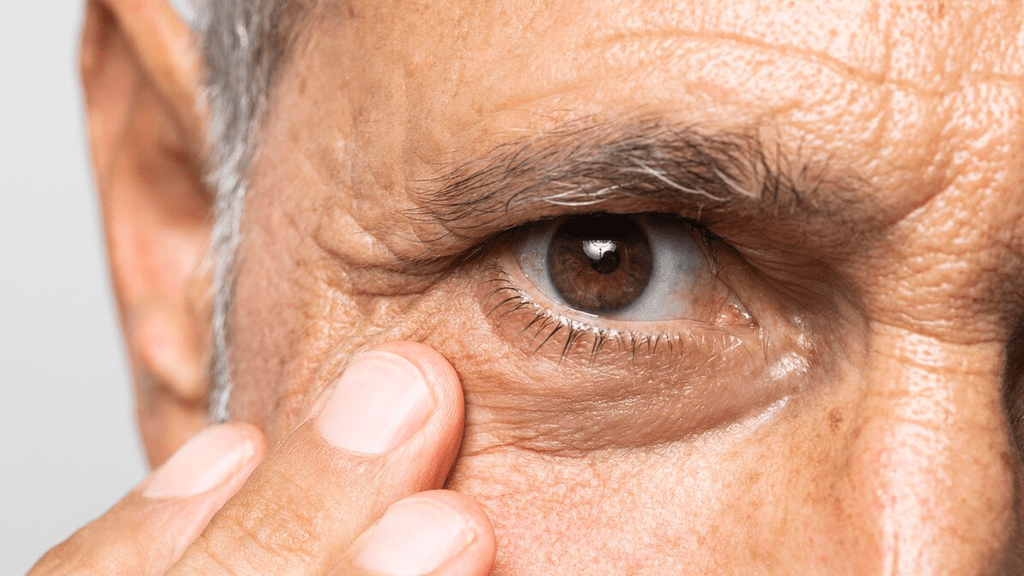

February 19, 2024 : The field of ophthalmology is poised for a paradigm shift with the burgeoning potential of cell therapy in treating damaged corneas. Unlike traditional corneal transplants, which replace the entire cornea, this innovative approach targets only the dysfunctional or damaged cells, offering a more specific and potentially less invasive solution.
This nascent technology operates by transplanting healthy cells into the cornea, aiming to regenerate and replace the compromised cells. This strategy holds immense promise for individuals suffering from a variety of corneal disorders, including Fuchs’ endothelial dystrophy, bullous keratopathy, and corneal burns. These conditions, often characterized by corneal opacity and vision impairment, currently necessitate full corneal transplants, which are limited by donor availability and potential rejection risks.
Several promising avenues are being explored within the realm of cell therapy. One approach involves the extraction and expansion of limbal stem cells from a patient’s healthy eye, followed by their transplantation into the damaged area. Another method focuses on utilizing cultured human corneal endothelial cells, supplemented with specific molecules to enhance their viability and integration. Both approaches have demonstrated encouraging results in preliminary clinical trials, exhibiting improved corneal clarity and vision restoration in patients with diverse corneal ailments.
While the journey towards widespread clinical adoption remains underway, the preliminary successes of cell therapy have generated considerable excitement within the ophthalmological community. The potential benefits are multifaceted, encompassing reduced reliance on donor corneas, diminished risk of rejection, and potentially improved long-term outcomes for patients.
However, it is crucial to acknowledge the current limitations of this technology. Further research is required to optimize cell isolation techniques, refine transplantation procedures, and establish long-term efficacy and safety profiles. Additionally, cost considerations and regulatory hurdles need to be addressed before cell therapy can become a readily available treatment option.
In conclusion, cell therapy presents a revolutionary approach to treating damaged corneas, offering a ray of hope for individuals facing vision impairment. While ongoing research and development are necessary before widespread implementation, the early positive results pave the way for a future where this technology can significantly improve the lives of countless patients.